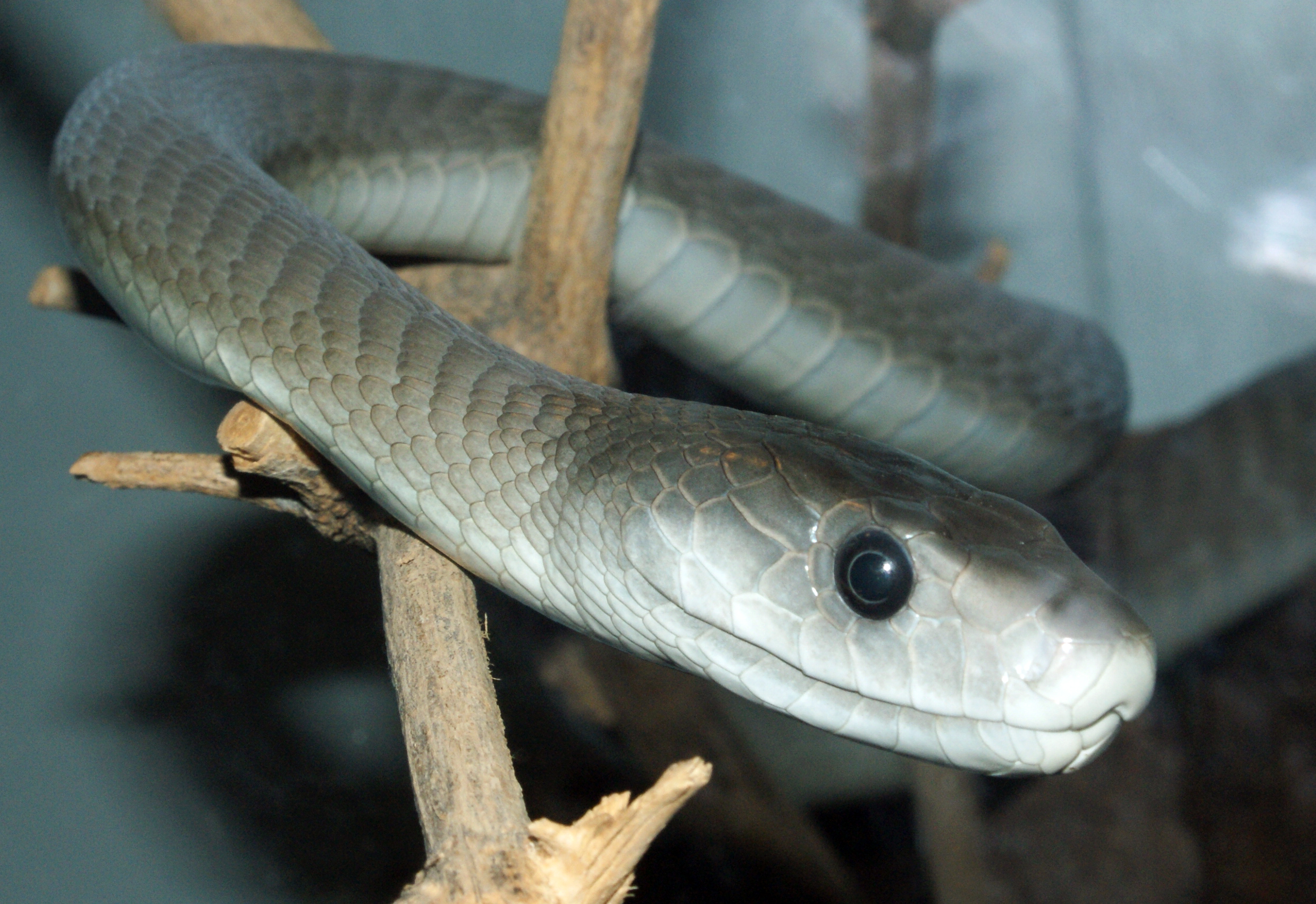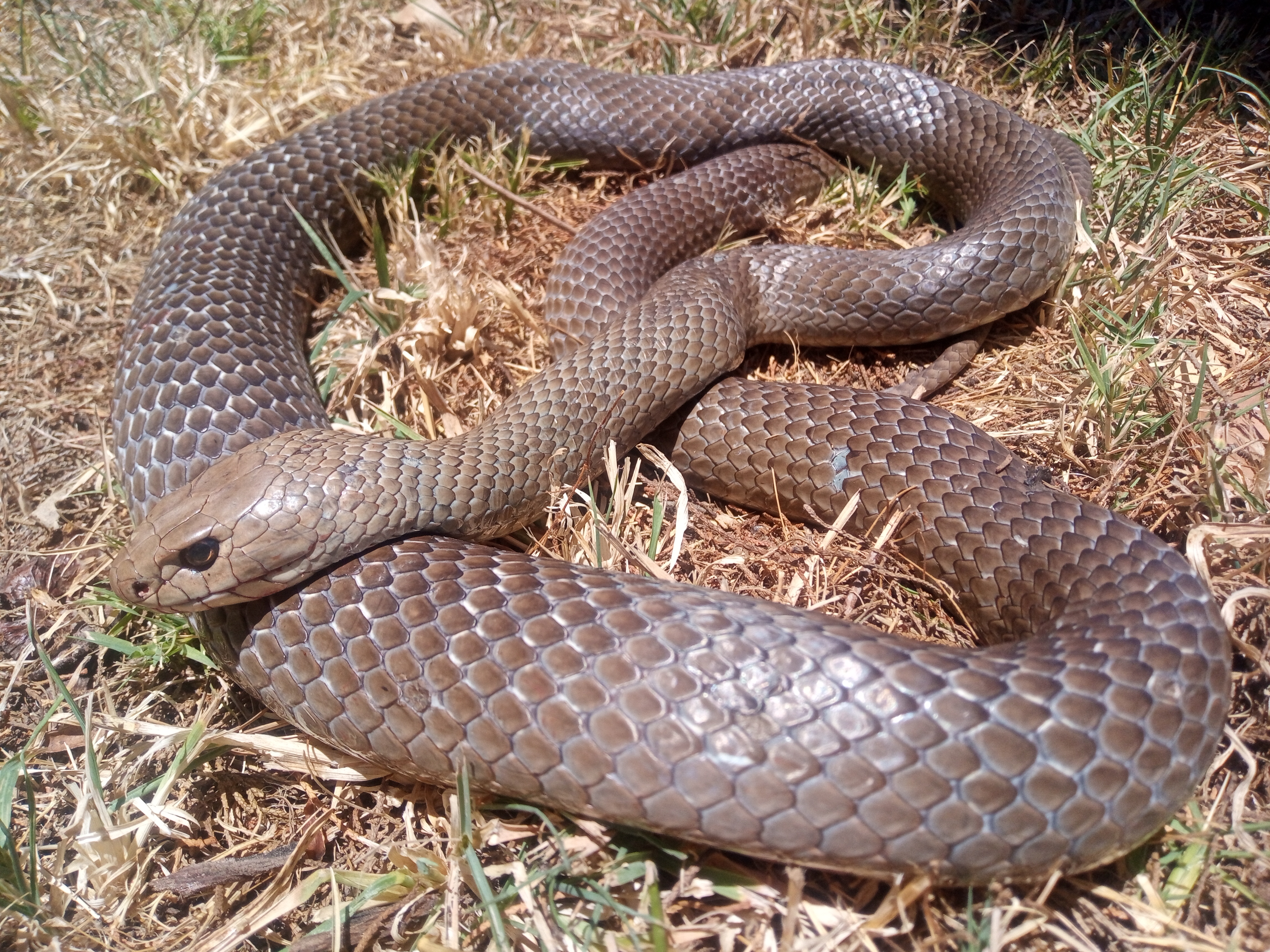The 10 Deadliest Snakes in the World

Published on March 11, 2024
The world is home to an astonishing variety of snakes, creatures that have captivated and terrified humans for centuries. Among these, a select few stand out for their lethal potential. The deadliest snakes are defined not only by the potency of their venom but also by their interaction with human populations, the speed at which they can inflict harm, and the availability of effective antivenoms. This article aims to shed light on these remarkable reptiles, offering insights into their habitats, behaviors, and the reasons behind their deadly reputations. Understanding these aspects is crucial not only for public health and safety but also for fostering a balanced perspective on the role of these snakes in their natural ecosystems.
Inland Taipan (Oxyuranus microlepidotus)

The Inland Taipan, often referred to as the "fierce snake," resides at the top of the list due to the sheer potency of its venom. Native to the semi-arid regions of central East Australia, it possesses the most toxic venom of any land snake globally. Fortunately, this snake is also remarkably reclusive and rarely encounters humans, which minimizes the number of bites.
Eastern Brown Snake (Pseudonaja textilis)

The Eastern Brown Snake is responsible for more deaths annually in Australia than any other group of snakes. Highly adaptable, it is found across a wide range of habitats but prefers open landscapes such as pastures and farmland, where it often encounters humans. Its venom is highly toxic and capable of causing progressive paralysis and uncontrollable bleeding.
Black Mamba (Dendroaspis polylepis)

The Black Mamba, native to parts of sub-Saharan Africa, is infamous for its speed, aggression when cornered, and highly potent venom. It is one of the fastest snakes in the world, capable of moving up to 20 km/h (12 mph). A single bite can deliver enough neurotoxins to kill ten people, with death potentially occurring within 20 minutes without treatment.
Taipan (Oxyuranus scutellatus)

The Coastal Taipan, found along the coastal regions of Australia and New Guinea, delivers a highly venomous bite, which can cause extensive bleeding, muscle damage, and renal failure. It is extremely shy and avoids human contact but can become aggressively defensive if cornered.
Saw-scaled Viper (Echis carinatus)

The Saw-scaled Viper is considered one of the deadliest snakes due to its aggressive nature, widespread distribution in populated areas, and tendency to bite. Found across Africa, the Middle East, and parts of Asia, its venom is highly hemotoxic, affecting the blood's ability to clot and leading to significant mortality rates.
King Cobra (Ophiophagus hannah)

The King Cobra, the world's longest venomous snake, can reach lengths of up to 18 feet (5.5 meters). Found in forests from India through Southeast Asia, its venom is not the most potent among venomous snakes, but the volume it delivers in a single bite—enough to kill an elephant—is what makes it particularly dangerous.
Russell's Viper (Daboia russelii)

Russell's Viper, found in Asia from India to China and throughout Southeast Asia, is feared for its potent venom, which causes pain, swelling, and, if untreated, can lead to kidney failure and bleeding disorders. It is responsible for thousands of snakebite incidents annually, with a significant proportion being fatal.
Fer-de-Lance (Bothrops asper)

The Fer-de-Lance is a highly venomous pit viper found throughout Central and South America. Known for its aggression and tendency to inhabit areas close to human settlements, this snake is responsible for a significant number of snakebite incidents in its range. Its venom is particularly necrotizing, causing severe tissue damage and often leading to fatal outcomes if not treated promptly.
Common Krait (Bungarus caeruleus)

The Common Krait, found in the Indian subcontinent, is one of the most venomous snakes in its region. Its venom contains powerful neurotoxins that can lead to muscle paralysis, respiratory failure, and death within hours of the bite. The nocturnal nature of the krait increases the risk of bites, as it often comes into contact with sleeping humans.
Many-banded Krait (Bungarus multicinctus)

Also known as the Chinese Krait or the Taiwanese Krait, this species is found throughout Southeast Asia and southern China. It is highly venomous, with a neurotoxic venom that can cause severe respiratory paralysis and death. Like the Common Krait, it is primarily nocturnal and is considered one of the most dangerous snakes to humans in its geographic range due to the potency of its venom and its habit of entering homes.
The mention of the world's deadliest snakes often evokes fear and fascination. These creatures, while dangerous, play essential roles in their ecosystems as predators and, in some cases, as prey. Their lethal capabilities serve as a reminder of the delicate balance between humans and nature, and the importance of respecting wildlife habitats to minimize encounters with these formidable reptiles. Understanding and education are key to reducing the risk of snake bites, along with the development and distribution of effective antivenoms. As we continue to encroach on natural habitats, the interaction between humans and these deadly snakes will inevitably increase, underscoring the need for continued research and conservation efforts to ensure the safety of all species involved.
Did you know?
-
The Inland Taipan's venom is so potent that it can kill a human within 45 minutes, and a single bite contains enough venom to potentially kill 100 adult humans, making it the most venomous land snake in the world.
-
Despite its unassuming appearance, the Eastern Brown Snake is responsible for the majority of snakebite deaths in Australia, showcasing how even common snakes in populated areas can pose a significant threat.
-
The Black Mamba is not only one of the fastest snakes, capable of moving at speeds up to 20 km/h, but it is also one of the most aggressive, capable of striking repeatedly and with precision, which adds to its danger.
-
The King Cobra can deliver up to two teaspoons of venom in a single bite, an amount far exceeding that of most other venomous snakes, which underscores its potential to kill larger animals, including humans.
-
Russell's Viper is one of the leading causes of snakebite incidents and deaths in South Asia, with its venom causing severe symptoms like pain, swelling, kidney failure, and bleeding disorders, highlighting the significant impact this species has on public health in densely populated regions.
Category: Science